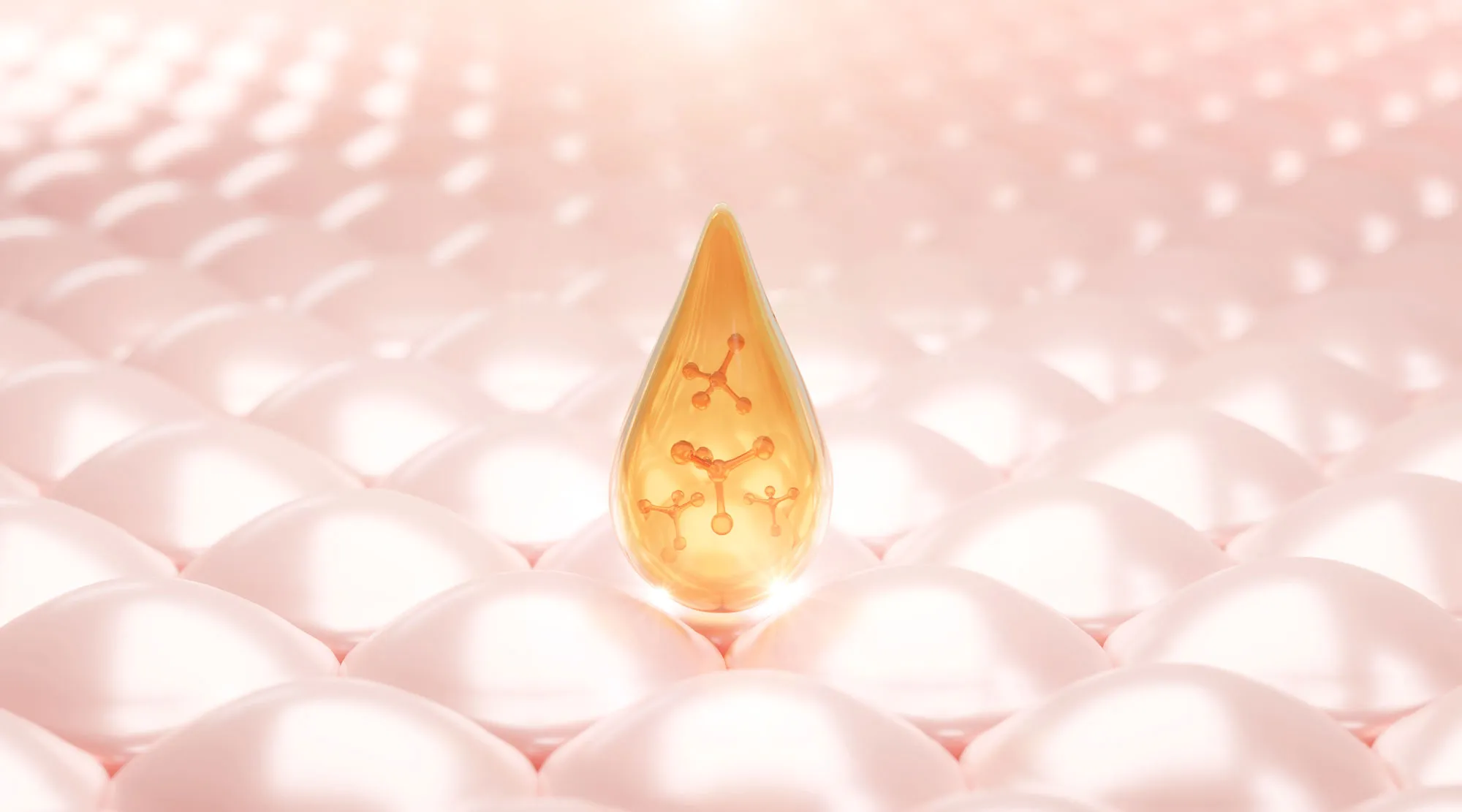Hyaluronic acid injections are administered into the joint. The treatment process may vary depending on the patient's condition and the joint being injected. Usually, a series of injections over several weeks is required.
Procedure Steps:
Injection: Hyaluronic acid is injected into the joint cavity using a sterile needle. The procedure is usually brief, and the patient's pain level is minimized.
Post-Care: After the injection, applying ice to the joint can help reduce swelling and discomfort. Patients should avoid excessive strain on the injection site.
Effectiveness and Safety of Hyaluronic Acid Treatment
Hyaluronic acid injections have been successfully used for many years in the treatment of osteoarthritis. Clinical studies have shown that hyaluronic acid treatment reduces joint pain and improves joint functions. However, since each patient's condition is different, treatment outcomes can vary. Hyaluronic acid injections stand out as an effective method in the treatment of osteoarthritis. This treatment increases the quality of life for patients by reducing joint pain and improving joint functions.
Place of Cross-Linked Hyaluronic Acid Injections in Osteoarthritis Treatment
Osteoarthritis (OA) is a chronic disease that causes pain, restricted movement, and loss of function in the joint. Nowadays, various approaches are used in the treatment of OA, but each patient's condition is different, and therefore treatment methods may vary. Cross-linked hyaluronic acid (HA) injections are one of these treatment methods. Studies on the efficacy and development of HA injections show that this method is effective in alleviating OA symptoms. HA is used to improve the quality of life by reducing pain in the joint and increasing mobility. Clinical studies have shown that HA injections provide significant results in reducing pain and improving function in the joint. Cross-linked HA is known for its longer-lasting presence and extended duration of effectiveness in the body. The symptomatic relief provided by HA injections and the improvement in joint function play an important role in enhancing the quality of life for OA patients.








